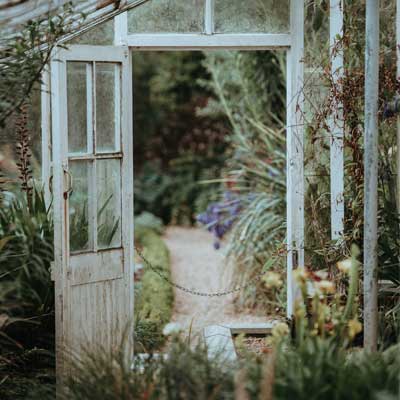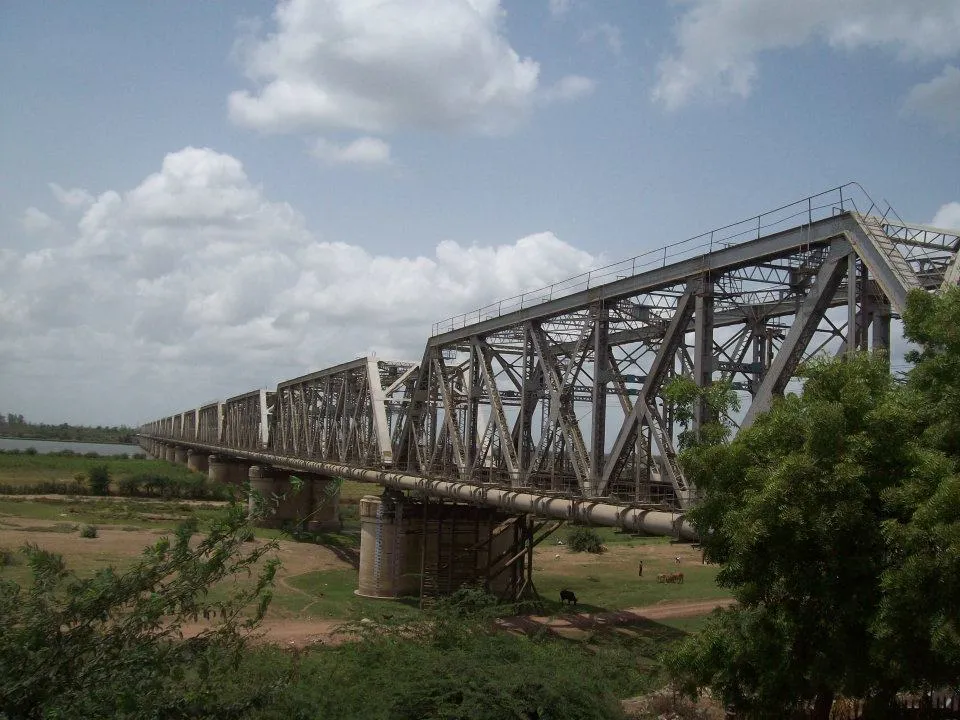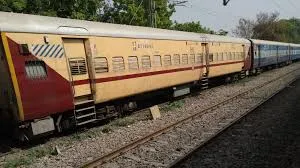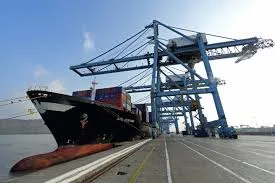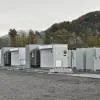Sales of green affordable buildings to environmentally-conscious customers have picked up
post-Covid. As a result, developers are adopting a host of measures to be certified green.
Today, around 19 lakh dwelling units /flats are being developed under the Indian Green
Building Council or IGBC Green Homes / Green Affordable Housing / Green Residential
Societies Rating.
Of these, close to 2 lakh dwelling units are being developed under the IGBC Green Affordable Housing Rating. Approximately 8 lakh affordable homes have been pre-certified green at the design stage by IGBC. So, what makes green housing a good choice economically?
Green finance
Promotional green mortgage rates have been announced by HDFC. The lender has signed a Memorandum of Understanding (MoU) with the IGBC in December 2020 to create awareness and promote financing of green buildings. The SBI Green Home Loan waives processing fees, gives a 5% concession in margins and 0.25% concession in interest rates to the consumer. Says IGBC Chairman V Suresh, “Although IGBC has not insisted on any definite percentage of interest rate reduction, a rebate of minimum 25 basis points in interest rate for loans to IGBC-rated green housing projects would create more demand from potential customers (buyers/investors). In this context, IGBC works closely with its MoU partner, the National Housing Bank (NHB).”
International funds are available for refinancing green home loans. The NHB has funds worth Rs 800 crore provided by the French Development Agency and the European Union, under Sustainable Use of Natural Resources and Energy Finance (SUNREF) to promote green awareness and finance in India. Today, with 22% of CO2 emissions produced by the building sector and 70% of housing in the country expected to be built from now to 2030, the SUNREF scheme also aims to reduce the environmental impact of the housing sector in India. To this end, SUNREF will pick up the cost of green certification to be funded by the Asia Investment Facility (AIF). To increase awareness of the industry and for skills’ transfer to lenders, governments and industry, the AIF will provide grants.
Policy incentives
States like Punjab, Haryana, Rajasthan, Uttar Pradesh, Madhya Pradesh and Maharashtra already offer an extra 1-15% floor area if the buildings are green. The extra space makes the project more viable for developers who opt to build green. This incentive can also be passed on to the buyers.
Public awareness:
Signature Global Founder & Chairman Pradeep Aggarwal says these initiatives put the spotlight on green housing and help spread consumer awareness. “Today, they ask for green homes,” he says, as opposed to a push from developers earlier.
Green ratings by agencies such as IGBC and Griha have now focussed the spotlight on the size of savings possible by using green building technologies. The idea is this - what can be measured can be controlled.
IGBC has been around since 2003. This CII-led initiative’s impact has been environmental regulation awareness. “Ten years ago, green development and sustainability was not a common word. Today, they are buzzwords”, explains IGBC Mumbai Co-chair Mala Singh.
Tangible savings
“A green-rated affordable house posts considerable savings on many counts,” says Singh. “These can now be measured and documented and create a culture of green. In new houses, energy savings are 20-30% and water savings 40-50%. There is also a method of turning existing houses green by opting for solar energy and harvesting rooftop run offs. Retrofitting Sewage Treatment Plants in the complex too helps water reuse, yielding energy saving of 20% and water saving of 20-30%. As civic authorities incentivise low usage with lower charges, residents even adopt low-flow fixtures to reduce water usage and achieve water efficiency.
Green boost for old structures
Globally, green mortgages are targeted at green buildings. Borrowers either get loans at lower interest rates or are granted greater loan amounts. In India’s residential real estate, green ratings are of two types:
1) New buildings where the developer decides to go green: This accounts for 85% of green home certification and the system hinges on design, technology and materials
2) Society - it is an operational rating system pertaining to practices, people and facilities of existing housing complexes. It depends on how well they manage, the quality of operations and maintenance (O&M), and management involvement. Launched in 2015 in Gujarat, this has been adopted primarily by public sector companies such as DMRC and HPCL, finance entities such as ICICI, SBI and RBI for rating their existing townships.
Green elements
Clients today are conscious about the environment and adopt DCR, indigenous solar panels for energy generation, rain water harvesting, establishment of STPs to conform to new National Green Tribunal (NGT) guidelines, and solar rooftop panels to meet municipal regulations. Waste management - with organised segregation, collection and composting methodologies, also earns them municipal points.
Intrinsic energy use
In PMAY (Pradhan Mantri Awas Yojna), affordable green homes have sustainable features such as low-embodied energy, pre-cast members and monolithic construction to generate less waste and enhance productivity.
Aspirational tag
Today, as both luxury and affordable housing can get platinum ratings, it becomes aspirational for buyers.
Human comfort:
Efficient use of light, heat and ventilation provides thermal comfort, is good for mental health, and also reduces water and power bills.
Energy efficiency:
Green building optimises energy consumption.
1) Lighting control, occupancy sensors, behaviour, approach, awareness, and centralised control reduce energy usage
2) Use of star-rated equipment rated by the Bureau of Energy Efficiency is important to convert pre-certification to final certification. There is a guideline for residents as well to purchase 3 to 5-star equipment
3) Electricity bills come down by 20-30%. Of this, 10-15% is through passive design intervention. The rest is through solar energy.
Earlier, going green was a choice. Not anymore. With climate change and rising energy and water costs, going green is the only economically sensible option for home buyers. STATE-WISE INCENTIVES FOR GREEN BUILDING PROJECTSPunjab: Additional 5-10% floor area ratio or FAR
Maharashtra: 3%, 5%, 7%, additional FAR for silver, gold and platinum-rated green projects. It is notified in the DCR 2020 of Maharashtra government. MMR (Mumbai Metropolitan Region) is still exempted from this benefit
Rajasthan:a. UDCR offers 0.075, 0.10 and 0.15 FAR for silver, gold and platinum rated green projectsb. Subsidy in the form of reimbursement of 50% of amount paid to the suppliers for the plant for adopting green measures for MSME having less than 2000 sq m floor space
West Bengal:a. Additional 10% FAR for green building projectsb. Financial assistance and concessions from SIDBI for green certified projects under MSME sector
Uttar Pradesh: Additional 5% FAR for gold certified green projects or above
Andhra Pradesh: Fiscal incentive for MSME sector - 25% subsidy on total fixed capital investments
Himachal Pradesh: Additional 10% FAR for green building project
Haryana: Additional FAR 9%,12% and 15% for silver, gold and platinum rated green projects
States like Gujarat, Jharkhand, Chhattisgarh (Raipur) etc. also have such incentive policies in place
NOTE: FAR = Floor Area Ratio
E Jayashree Kurup is a researcher-writer and Director, Wordmeister Editorial Services Real Estate & Cities.
